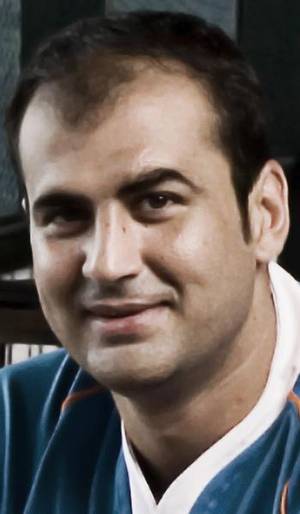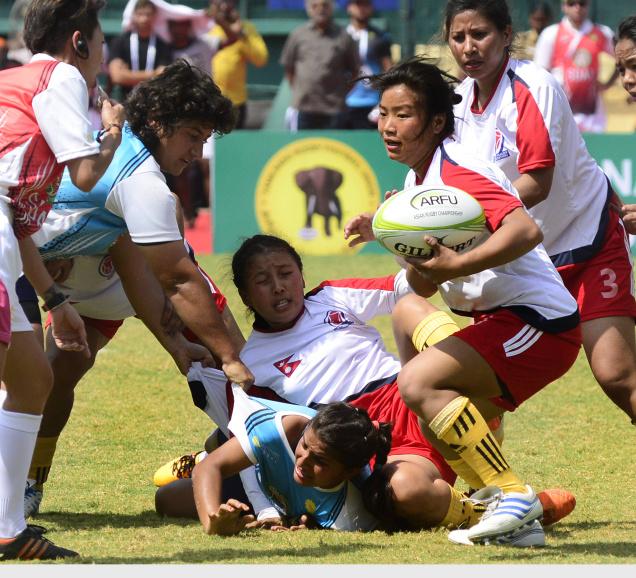Bengaluru, KARNATAKA :
All three Congress candidates – Nasir Husain, L Hanumanathaiah, G C Chandrashekar – and BJP candidate Rajeev Chandrasekhar on Friday emerged victorious in the Rajya Sabha elections from the state amid a boycott by JD(S) legislators, who cited violation of electoral rules.
A candidate required around 38 votes to win the elections. Members of the Legislative Assembly form the electoral college for the Rajya Sabha polls. Of the 217 eligible voters, as many as 188 members voted and four votes were found invalid.
While Congress candidates secured the required number of votes for victory – Chandrashekar (46 ), L Hanumanathaiah(44) and Husain (42 ) – B M Farook of the JD(S) lost the polls as he secured only two votes. This is the second time that Farook is tasting defeat in the Rajya Sabha elections. Rajeev Chandrasekhar secured the highest number votes (50) to bag his third consecutive term to the Rajya Sabha.
The day witnessed high drama. The process of counting was delayed by nearly two-and-a-half hours as Chief Electoral Officer (CEO) Sanjeev Kumar referred a memorandum submitted to the Election Commission of India (ECI) submitted to him by the JD(S) seeking countermanding of the polls. Kumar was discharing his duties as observer of the ECI.
The JD(S), in its complaint, cited gross violation of electoral rules by Legislative Assembly Secretary S Murthy, who is the Returning Officer (RO). The party had objected to two Congress legislators – Revenue Minister Kagodu Thimmappa and Gurmitkal MLA Baburao Chinchansur – being allowed a second chance to cast their votes.
Both Thimmappa and Chinchansur had sought replacement of ballot papers as they wrongly marked their preference. The election officers obliged, much to the chagrin of the JD(S). Counting of votes which was scheduled to start at 5 pm, commenced only at 7.30 pm after the ECI gave its go-ahead for the process.
ECI’s direction
The ECI subsequently directed that the votes of Thimmappa and Chinchansur should be rejected and the counting process should commence after due segregation of ballot papers. The ECI, in its response, stated that the RO’s decision to issue fresh ballot papers was in total violation of voting procedure provided under the Conduct of Election Rules, 1961. The ECI replaced Murthy with Assembly Joint Secretary M S Kumaraswamy.
The JD(S) had requested the Congress not to field its third candidate and extend its support to the party candidate. However, the Congress not only fielded its third candidate – G C Chandrashekar – but also ensured his victory. Friday’s development is bound to further widen the gap between the Congress and the JD(S) in the run-up to the crucial Assembly polls. For its part, the Congress has bagged the support of at least five of the eight independents, including Kudligi MLA B Nagendra, who is likely to join the party.
An analysis of the voting pattern shows that all the seven JD(S) rebels voted for Congress candidates. The BJP, which has 43 votes of its own, secured 50. The party seems to have not only secured the support of not only two BSR legislators and two KJP MLAs but three others.
source: http://www.deccanherald.com / Deccan Herald / Home> State / DH News Service, Bengaluru / March 24th, 2018










